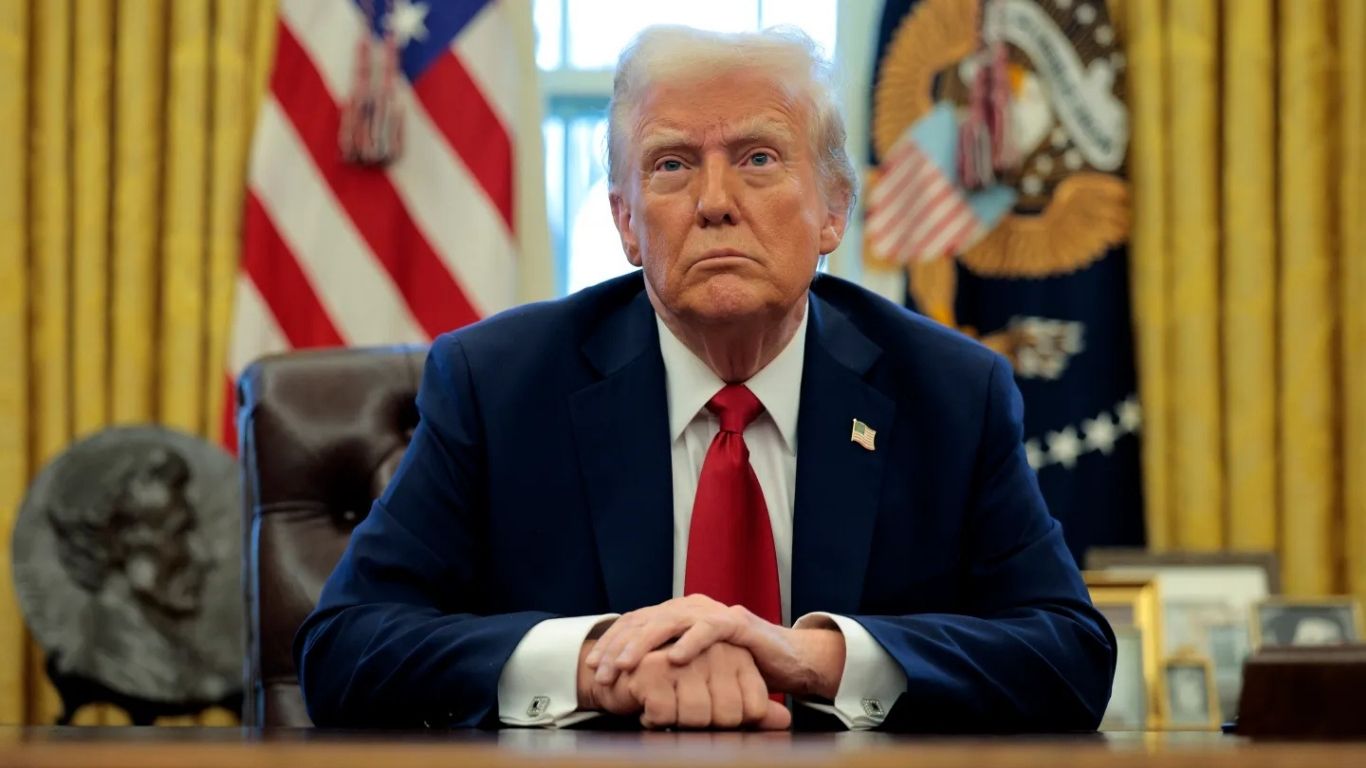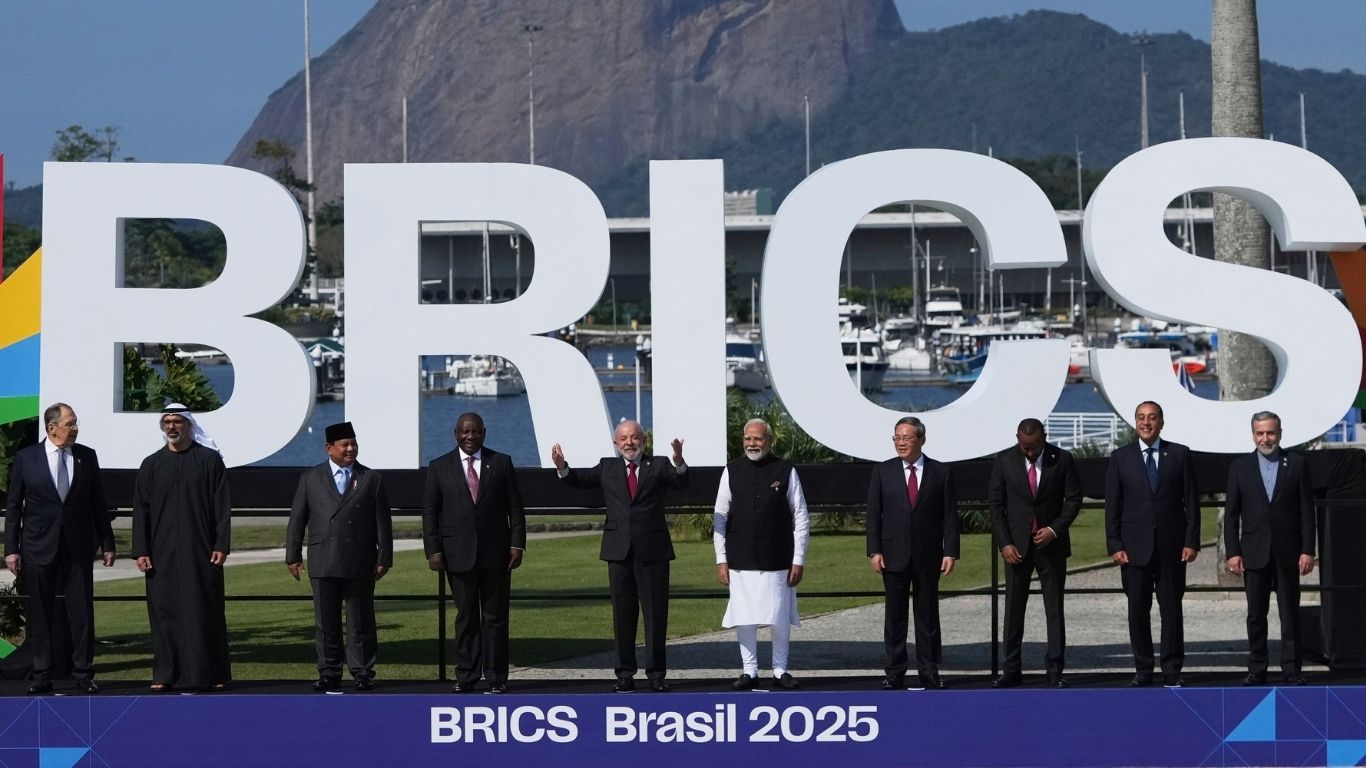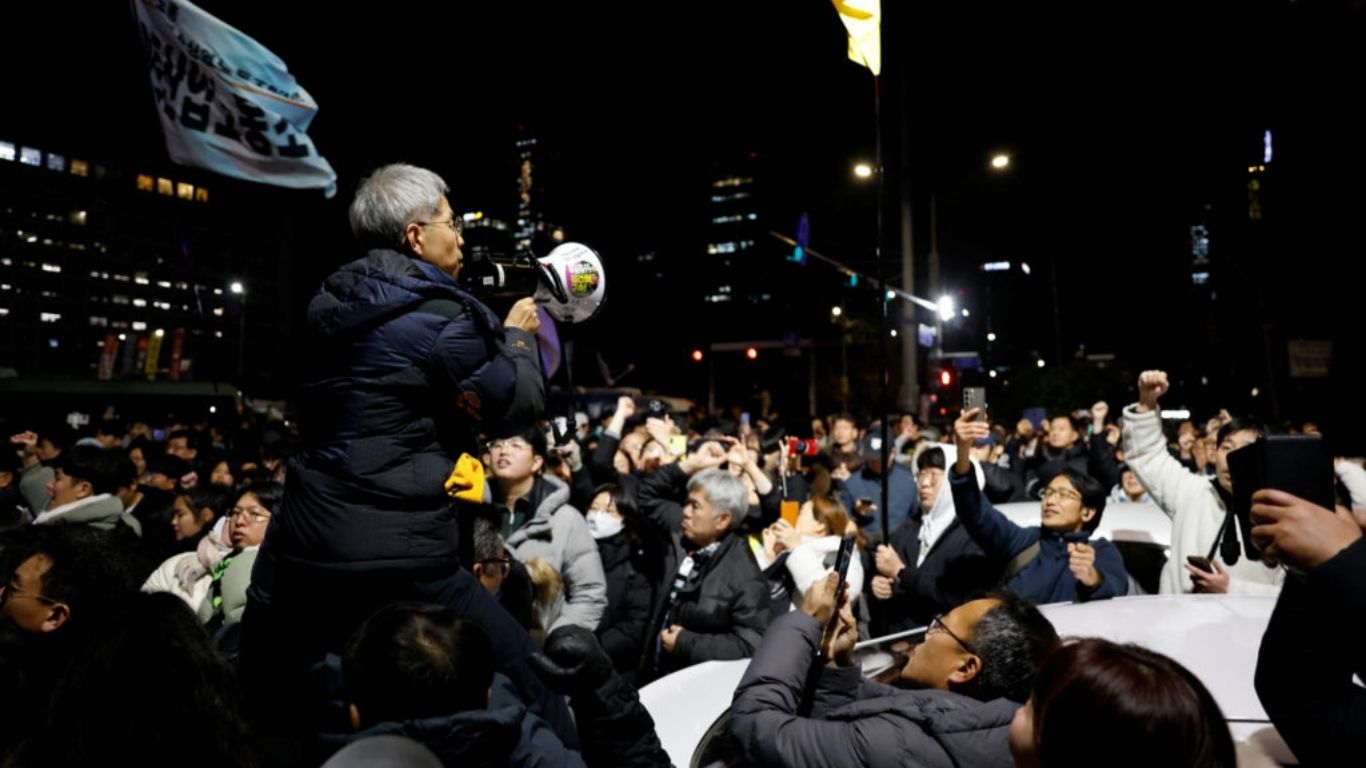In a dramatic escalation of President Donald Trump’s immigration crackdown, the GOP’s new legislative centerpiece, a $150 billion “megabill,” is poised to deliver sweeping changes to the U.S. labor market. While the White House touts strong job growth and low unemployment as a direct result of Trump’s leadership, a growing chorus of economists is sounding the alarm: the economic engine may soon sputter due to a contracting foreign-born workforce.
The Immigration Crackdown: A Double-Edged Sword?
Dubbed the “Big, Beautiful Bill” by GOP leaders, the sweeping legislation earmarks massive new funding to bolster border security, increase deportations, and expand detention facilities. From more agents and beds to heightened workplace raids and detention centers like the controversial “Alligator Alcatraz” in Florida, the Trump administration is moving full steam ahead with its hardline immigration agenda.
However, that agenda appears to be colliding with a key pillar of the U.S. labor market: its dependence on immigrant labor.
In June, government data showed that the foreign-born workforce shrank for the third straight month, even as the U.S. economy added 147,000 jobs, defying some economists’ predictions. Yet, beneath that headline number lies a warning sign. Labor market insiders and analysts are seeing a weakening pipeline of available workers, with border encounters dropping sharply and immigration enforcement intensifying.
Economists Sound the Alarm: Growth at Risk
Federal Reserve Chair Jerome Powell, in a recent testimony, cautioned lawmakers that declining immigration could throttle U.S. economic growth. “When you significantly slow the growth of the labor force, you will slow the growth of the economy,” Powell stated bluntly.
That concern is echoed by economists across the spectrum. Deutsche Bank’s latest research warns that the breakeven job creation rate, the number of monthly jobs needed to maintain stable unemployment, could plummet to just 50,000 if immigration continues to tail off. That’s a stark contrast from the six-figure job gains seen during the Biden-era immigration boom.
“Slower employment growth means slower economic growth,” said Daniel Zhao, Lead Economist at Glassdoor. “It’s a chain reaction. Fewer workers mean fewer consumers, less demand, and ultimately a cooler economy.”
The Administration’s Rebuttal: Betting on Domestic Labor
Despite mounting concerns, Trump’s economic team remains adamant that the domestic labor pool can absorb the slack.
Stephen Miran, chair of Trump’s Council of Economic Advisers, dismisses the doomsday scenarios. “It’s a fallacy to think that we have no domestic substitute for immigrants,” Miran argued. He pointed to a high unemployment rate among young Americans — 8% for workers aged 20-24 and over 14% for teenagers as evidence of untapped labor potential.
According to Miran, components of the megabill, like eliminating taxes on overtime and tightening Medicaid work requirements, will incentivize Americans back into the labor force. “There’s plenty of labor supply waiting to be brought in by the right incentives,” he said.
Labor Supply: A Fragile Balancing Act
Still, many economists caution that replacing foreign-born labor, particularly in industries like agriculture, hospitality, and construction is not so simple. These sectors are traditionally powered by immigrants, especially undocumented workers, who are often willing to take on physically demanding jobs for lower wages.
Even Trump himself has acknowledged potential fallout. In a recent closed-door meeting with business leaders, the president expressed concern that labor shortages could hit farms and hotels key sectors in swing-state economies.
“Where are the people going to come from to do the jobs?” asked Aditya Bhave, senior U.S. economist at Bank of America. “The underlying demographics aren’t favorable. We’re not having enough children to replace retiring Baby Boomers, and now we’re cutting off migration it’s a recipe for stagnation.”
The Demographic Time Bomb
The U.S. is already on the cusp of a demographic transformation. According to the Congressional Budget Office (CBO), population growth is expected to slow dramatically over the next two decades. The post-pandemic surge in immigration helped buffer that decline, boosting economic output and increasing tax revenues without sparking inflation, the CBO noted.
However, if current policies persist, those gains could evaporate. A recent report from the American Enterprise Institute projects that if net migration flatlines or turns negative in 2025, the U.S. GDP could shrink by 0.3 to 0.4 percentage points, a considerable setback in a slow-growth environment.
A High-Stakes Political Gamble
For Trump, immigration remains a political cornerstone. His supporters rally behind the message of border security, national sovereignty, and job protection for native-born Americans. Yet, the economic stakes are higher than ever.
Critics argue that the administration is prioritizing optics over long-term sustainability. Raids and detention center tours may fire up a base, but they also risk undercutting the very labor force that powers America’s economic might.
“If the job market slows, then we should expect economic growth to follow,” Zhao emphasized. “And once you lose momentum, it’s very hard to get it back.”
Final Thoughts: Will the Megabill Boomerang?
While Trump’s administration remains confident that American workers can fill the gaps, real-time data tells a more nuanced story. With foreign-born participation in freefall and native-born replacements facing mismatched skills, transportation challenges, and wage hesitancy, the road ahead looks precarious.
The coming months will reveal whether the megabill sparks a domestic labor revival or triggers the very slowdown its architects say they’re trying to avoid.
As Chair Powell noted: “Growth is already slowing. Immigration policy may not be our call, but its impact is undeniable.”




